Delegates to the Scottish Grocers' Federation annual conference were greeted by Aaron Copland's Fanfare for the Common Man, setting a tone for an event designed to explain how the independent retailer could fend off the threat posed by the major multiples.
Professor John Dawson, professor of marketing at the University of Edinburgh, reminded the 140 delegates packing Gleneagles Hotel of the threat to small retailers.
Since 1990, the sector had undergone enormous change. Consolidation was stalking the industry and big firms were increasing sales faster than the market was growing.
By the year 2010, the top 10 companies would hold 90% market share in Scotland.
Meanwhile, the consumer had less choice but was becoming much more knowledgeable about ranges and choices. Nevertheless, the c-store operator did have considerable leverage over the multiples.
"The shopping trip is taking longer and leading to consumer irritation. But people still suffer from the five o'clock problem of not knowing what to cook for the evening meal," said Dawson.
C-store operators could cash in by providing the right meal solutions.
"Consumers are becoming more Scottish, not less, and grocery stores need to pander to local tastes," said Dawson.
They could also exploit factors such as fears about GMOs.
Planning regulations are also increasing the appeal of internet retailing a 30,000 sq m warehouse had the potential to generate the same sales as eight superstores. But Dawson said retailers could take heart from the fact that the largest retail organisation in Spain was a group of independent retailers.
"The strategy of smaller firms is increasingly to be specialist. In that way, you will survive," he said.
"Independents need to look at organic, vegetarian and branded shopping and complete food boutiques in order to build a niche for themselves," said Dawson.
{{NEWS }}
Close menu
- Home
- Retail & Wholesale
-
Products & Suppliers
- Back to parent navigation item
- Products & Suppliers
-
Product Categories:
- Back to parent navigation item
- Product Categories:
- Alcoholic drinks
- Bakery
- Cereals & breakfast
- Cheese
- Chicken & poultry
- Chocolate
- Confectionery
- Crisps, nuts & snacks
- Dairy
- Fish
- Fresh produce
- Frozen
- Household
- Meat
- Own Label
- Sauces & condiments
- Seasonal
- Soft drinks
- Vaping
- Vegan & plant-based
- World foods
- Suppliers
- People
- Reports & Data
-
Topics A-Z
- Back to parent navigation item
- Topics A-Z
-
Popular topics:
- Back to parent navigation item
- Popular topics:
- Cost of living crisis
- Crime
- Deposit Return Schemes
- Finance
- Government & Regulation
- Health
- Inflation
- Loyalty
- Marketing
- Mergers & Acquisitions
- New Product Development
- Sourcing
- Supply chain
- Sustainability & environment
- Technology
- Ultra Processed Foods
- Vaping
- A-Z all topics
- Content by type:
- Events
- Ask iA (beta)
- Subscribe now
Sign in to comment on this article
Not logged in before? Register for FREE guest access today.
You will be able to:
- Read more stories
- Receive daily newsletters
- Comment on stories
Advert


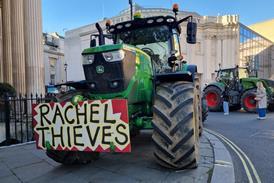
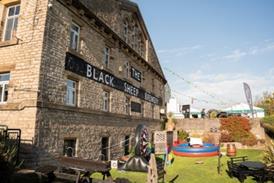

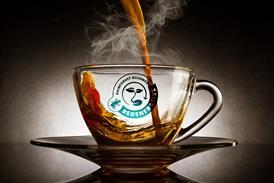
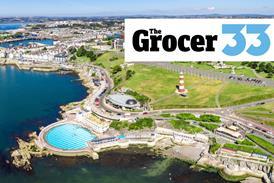
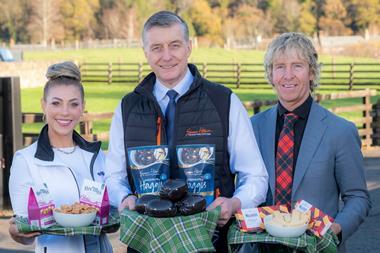
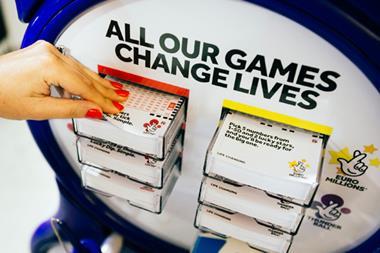




No comments yet